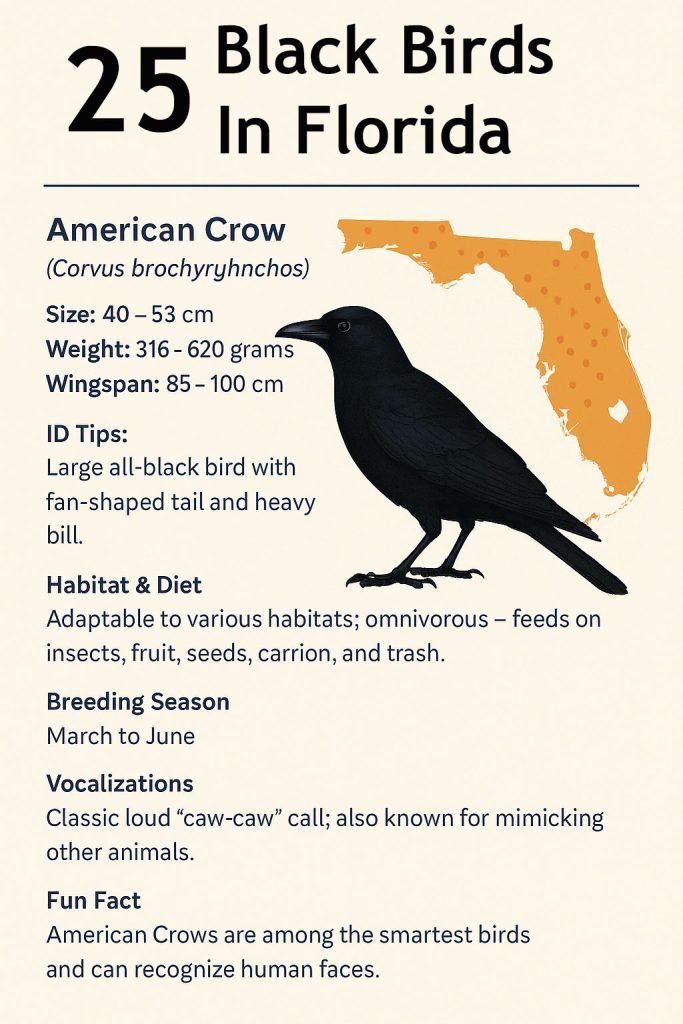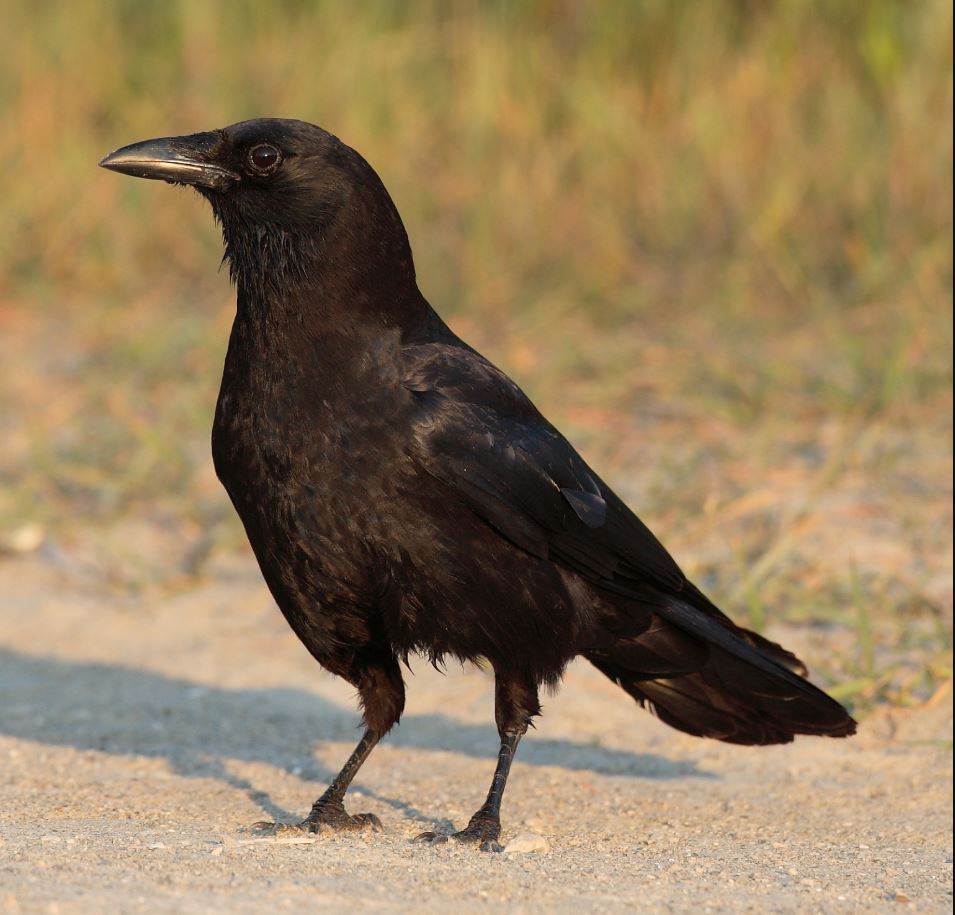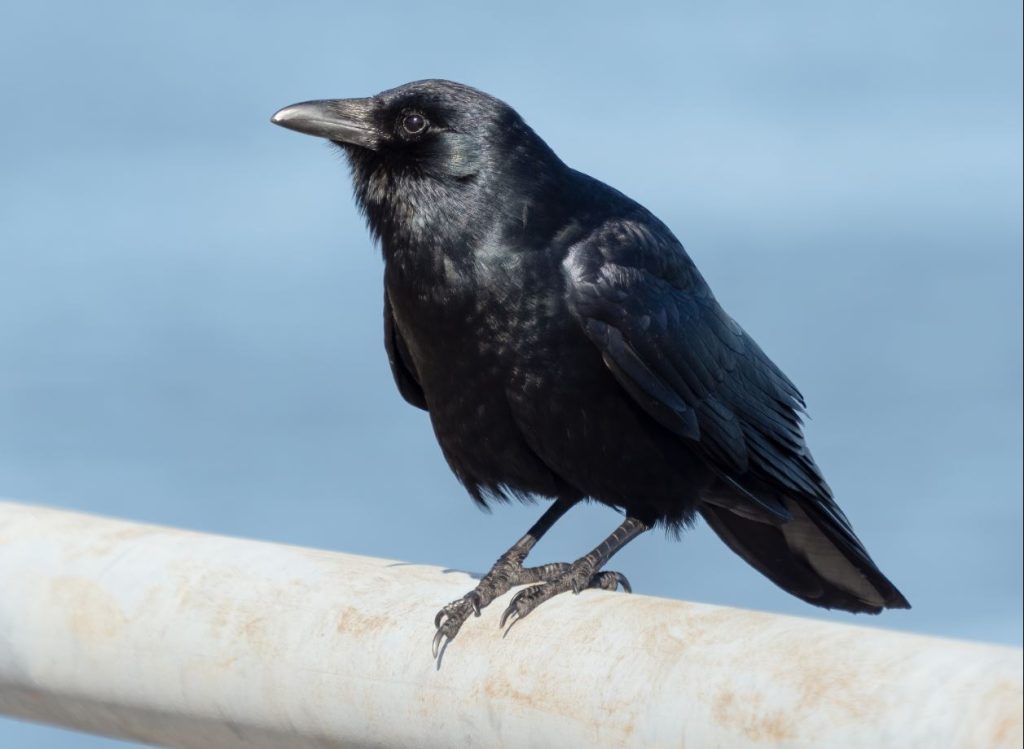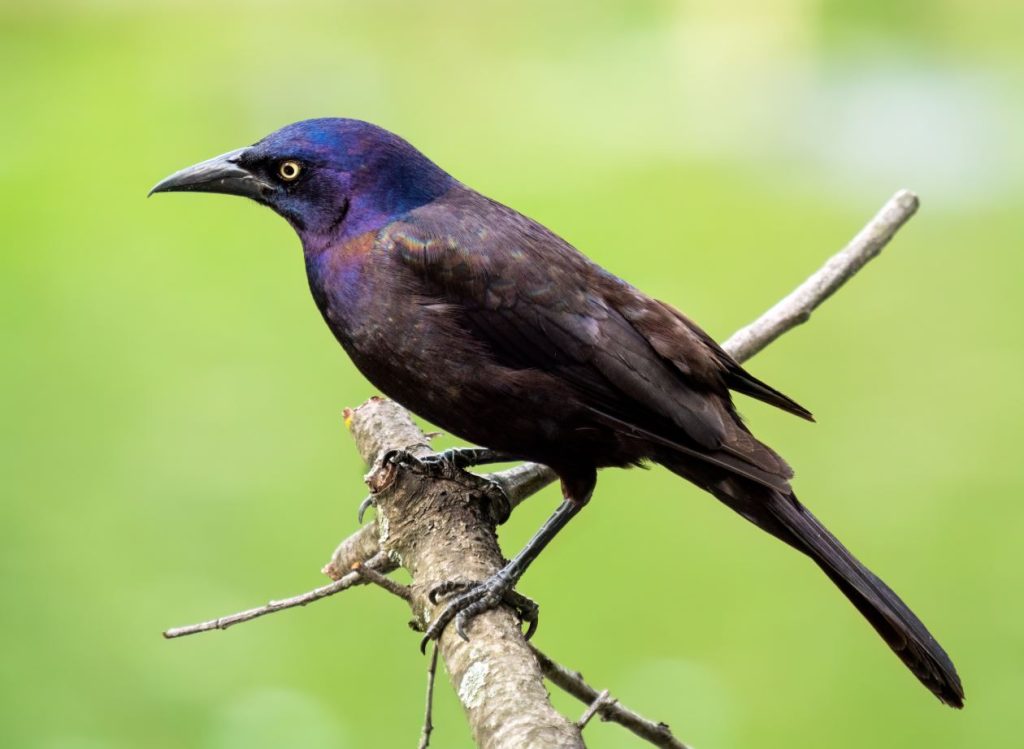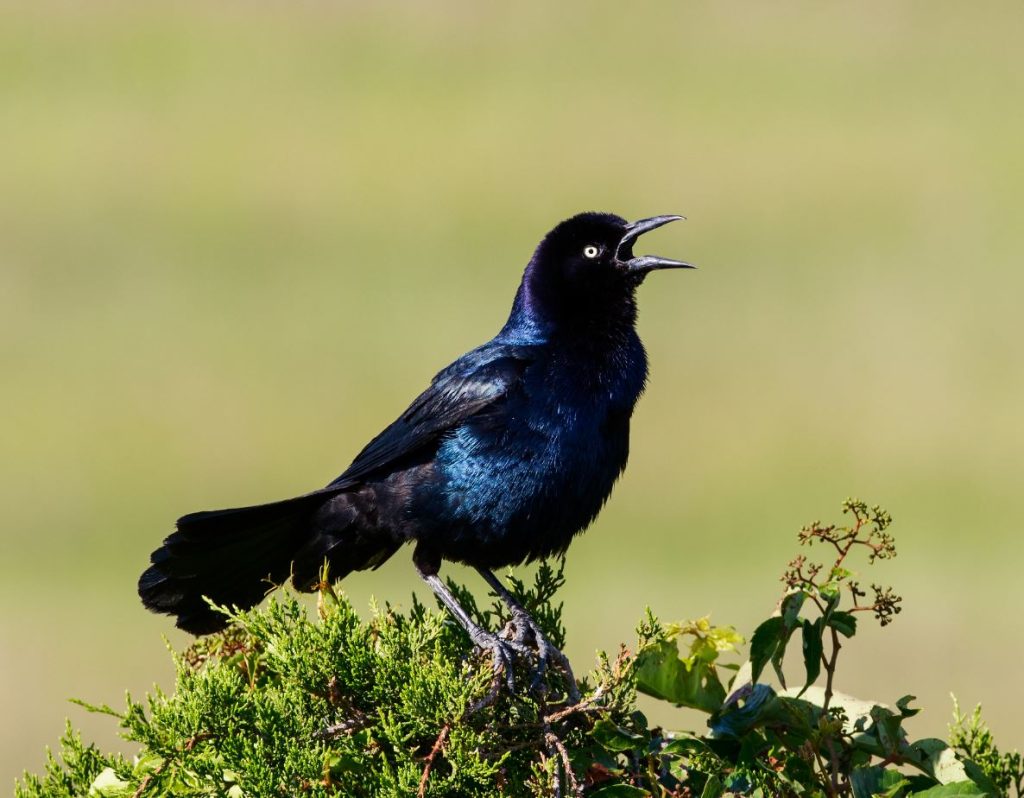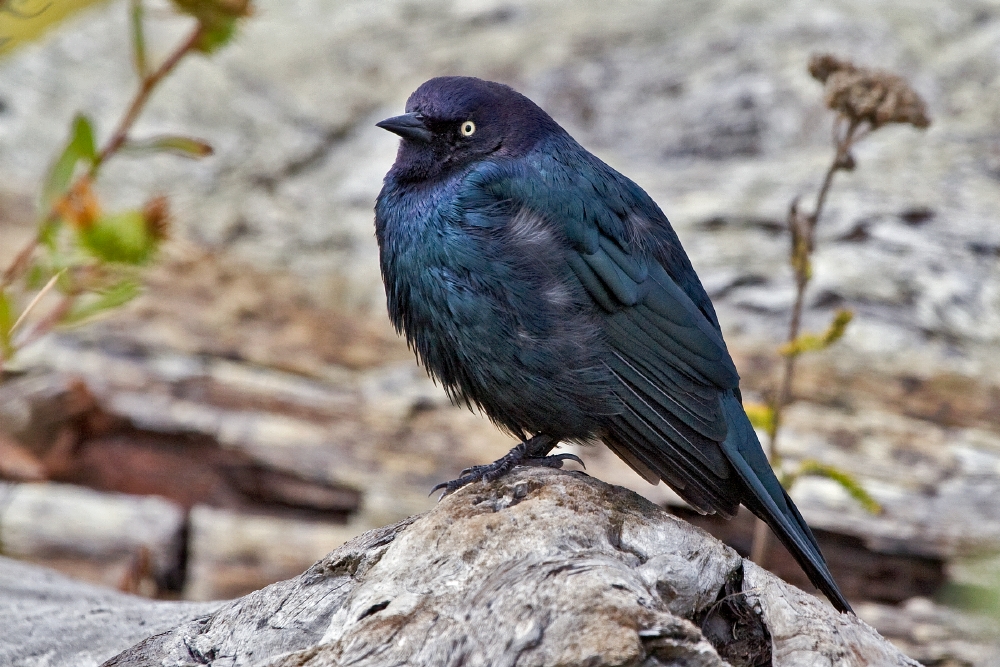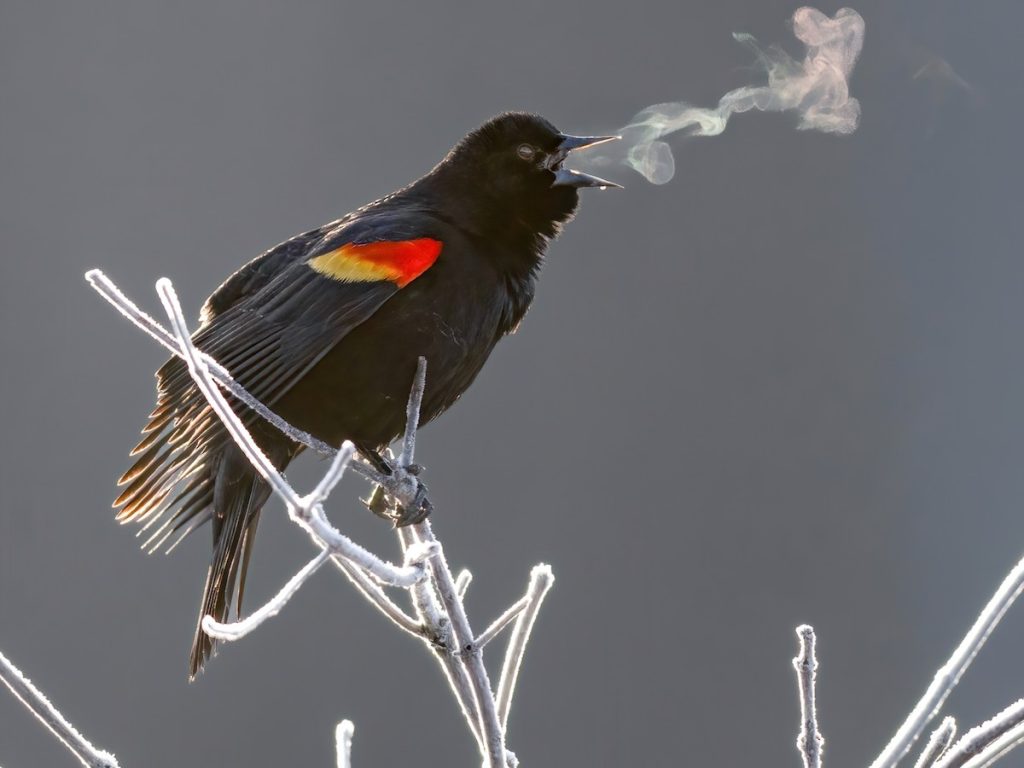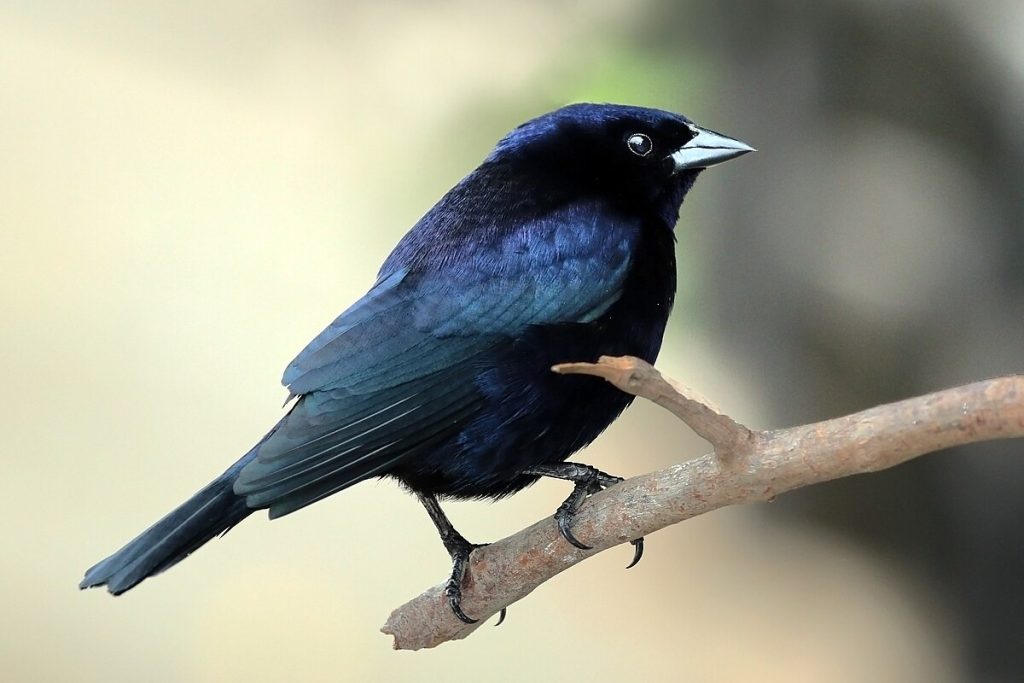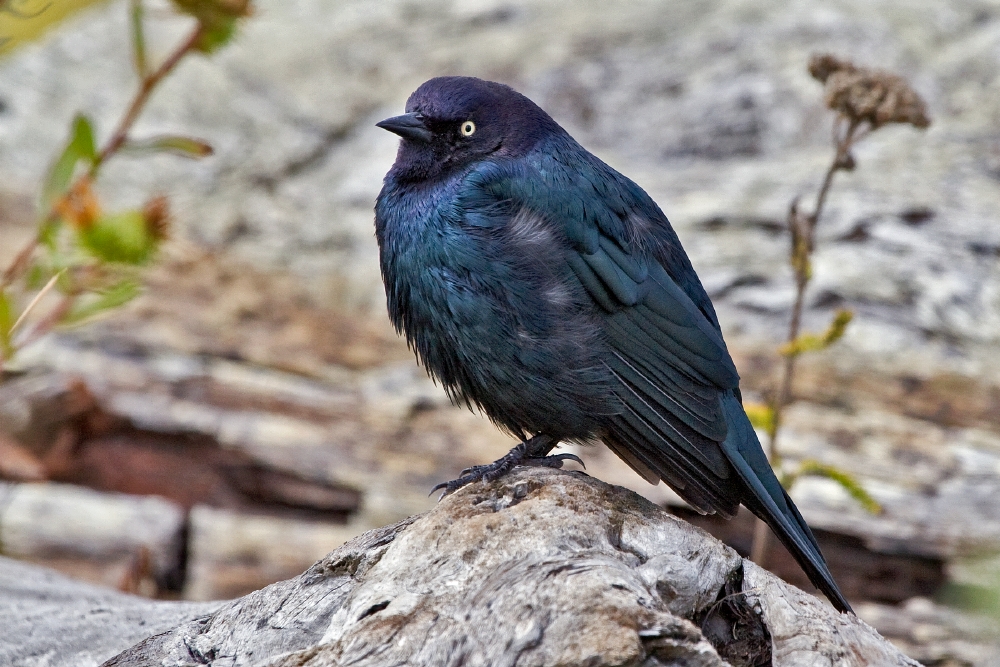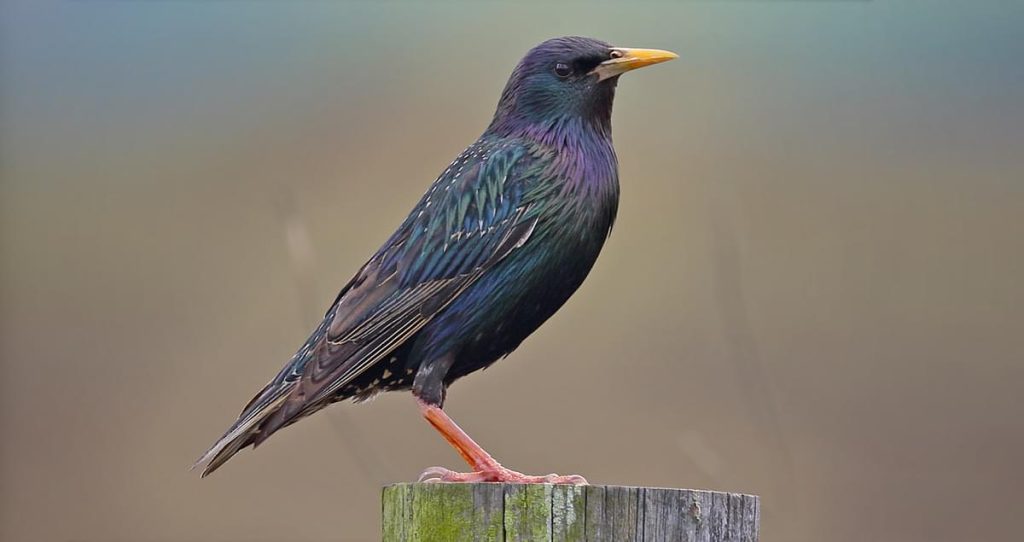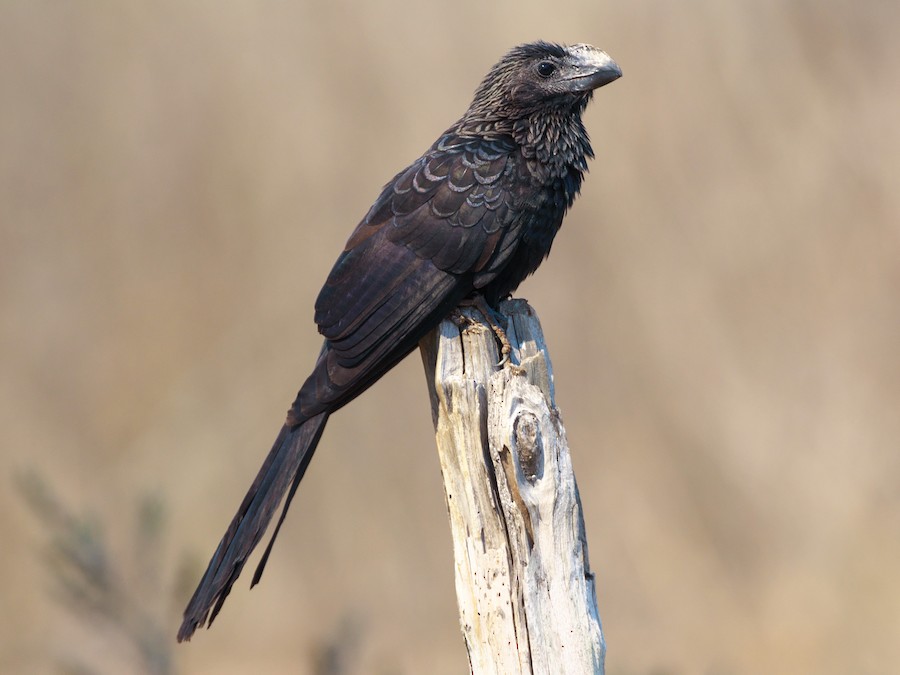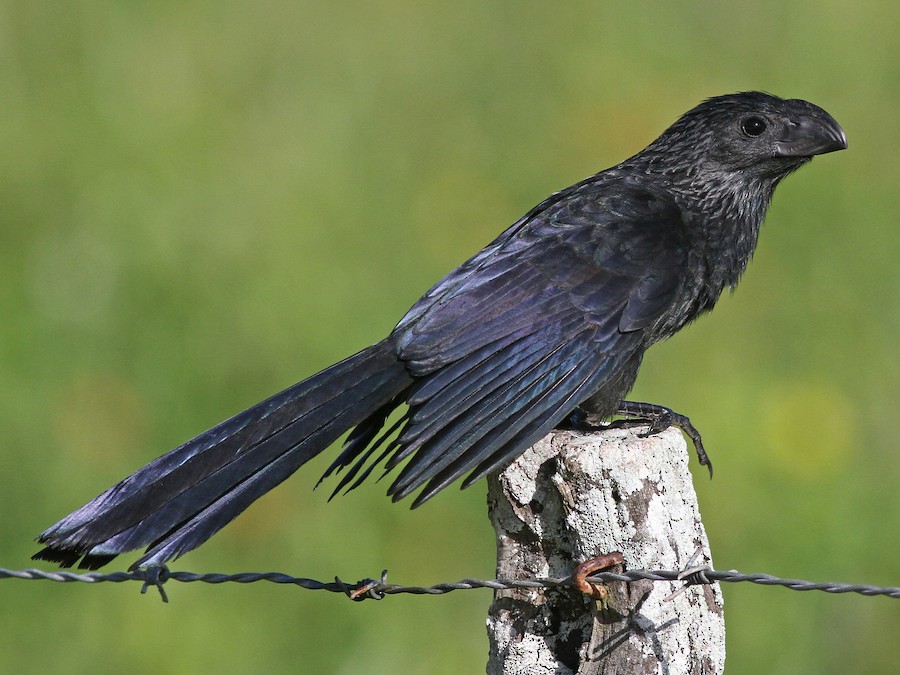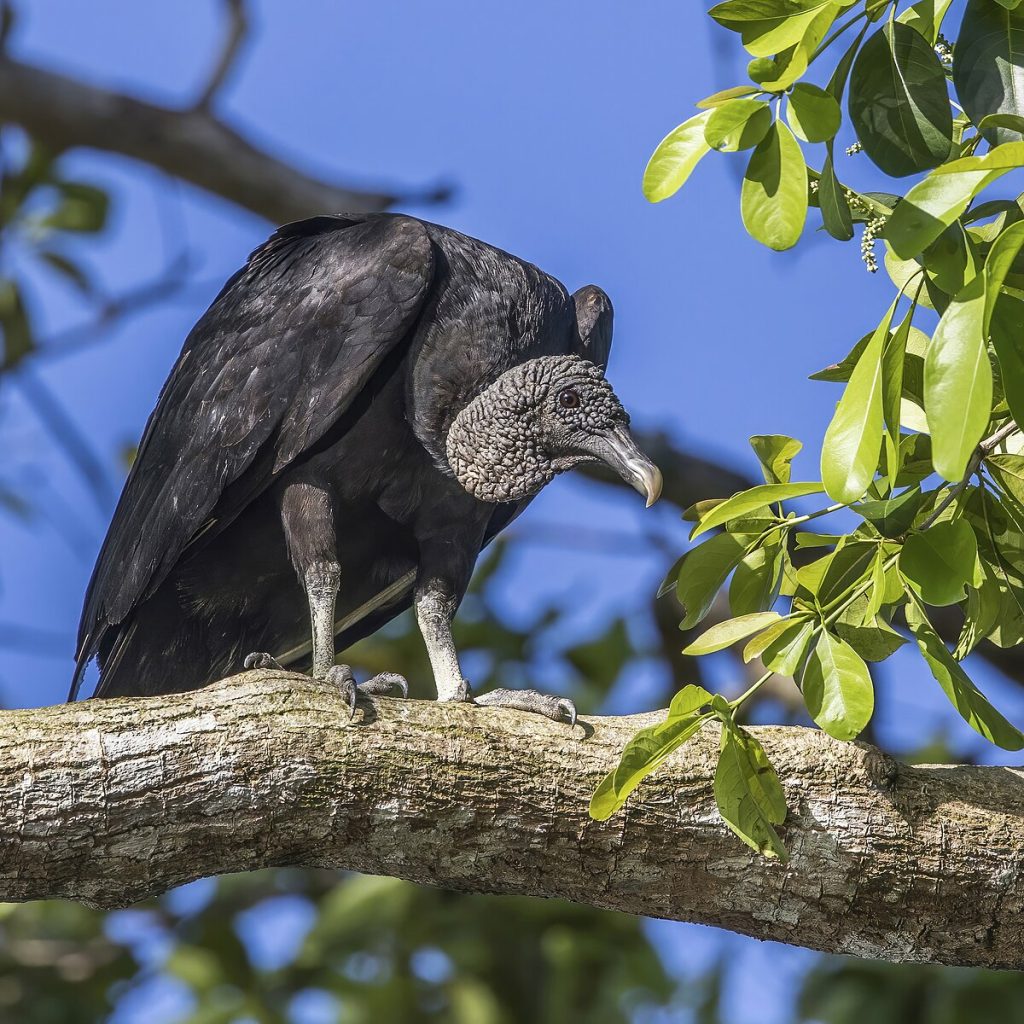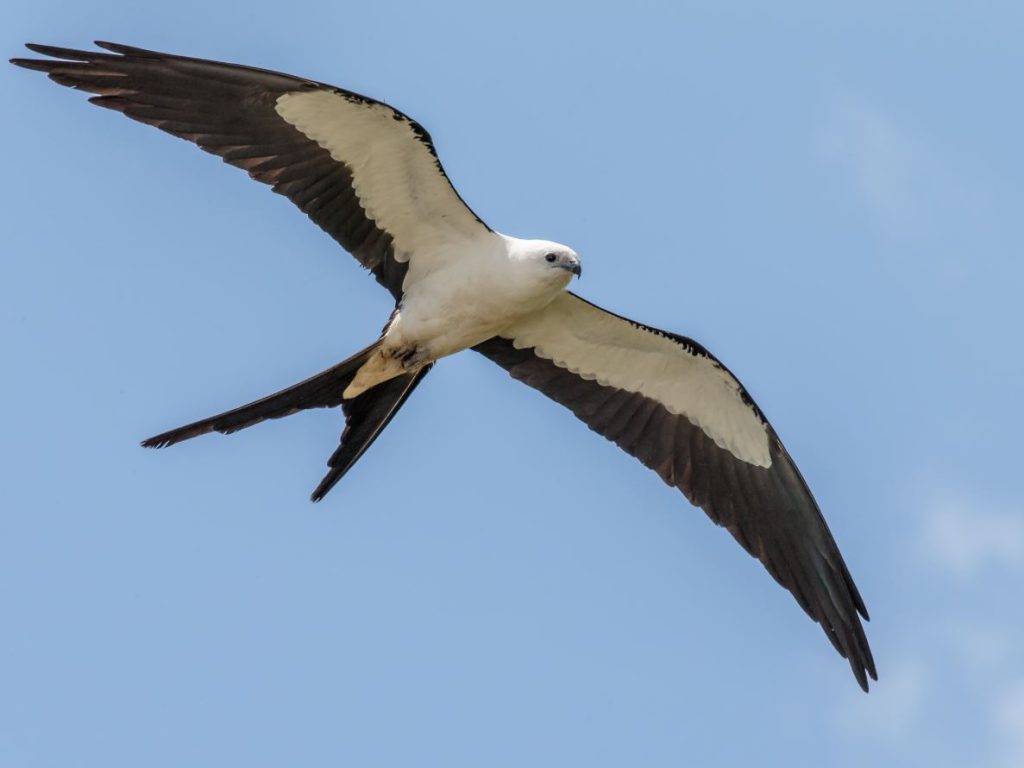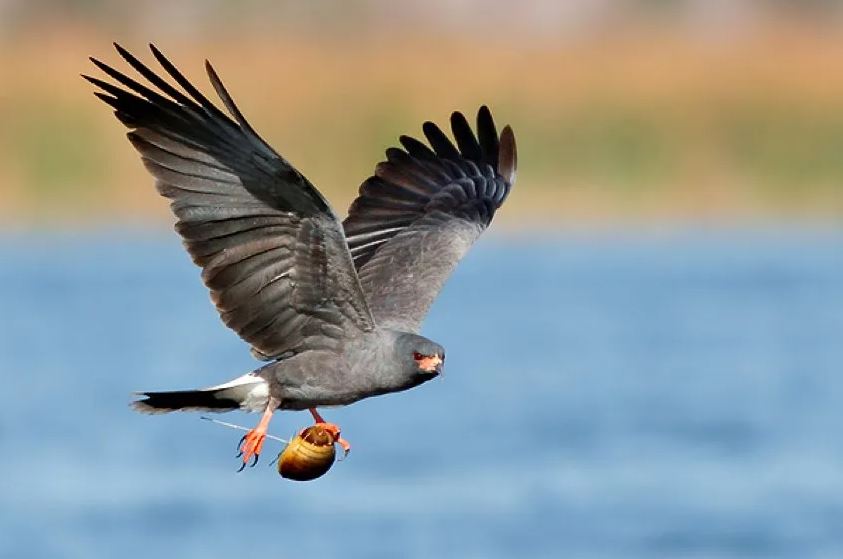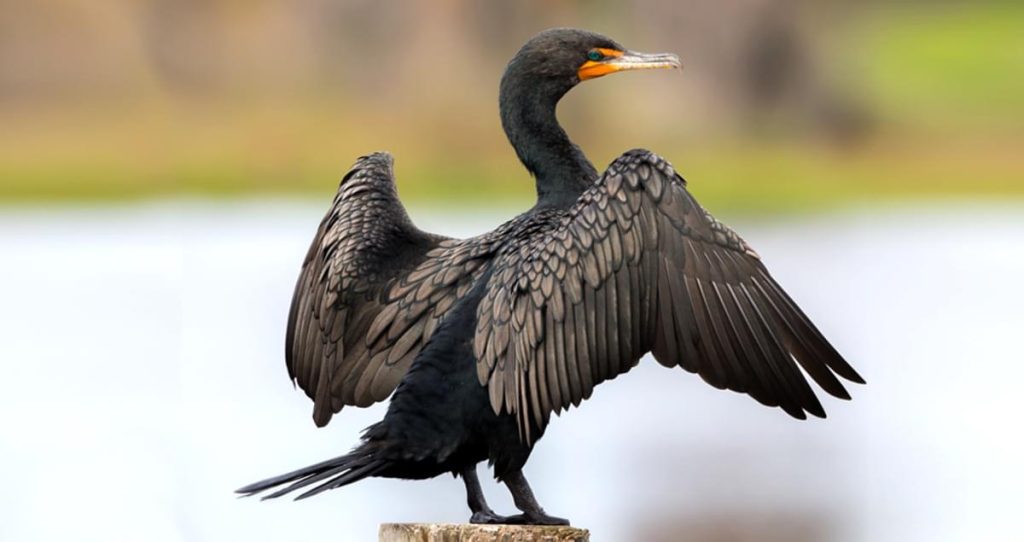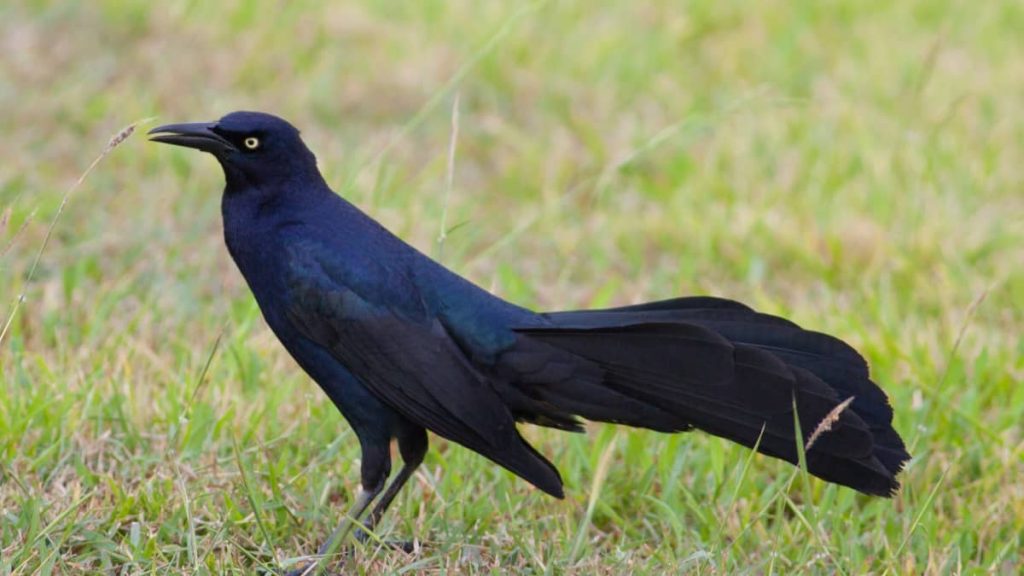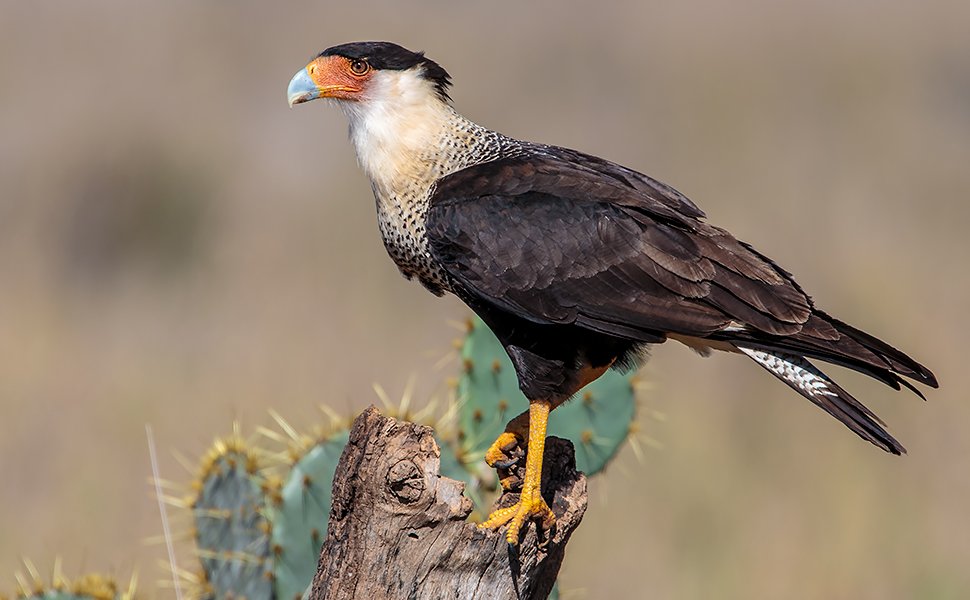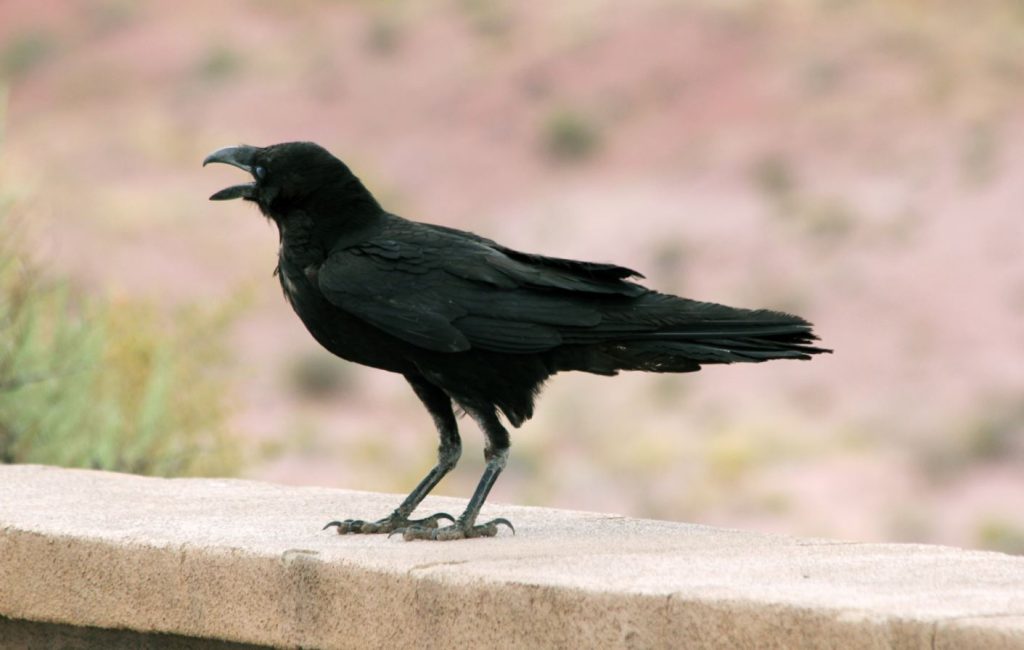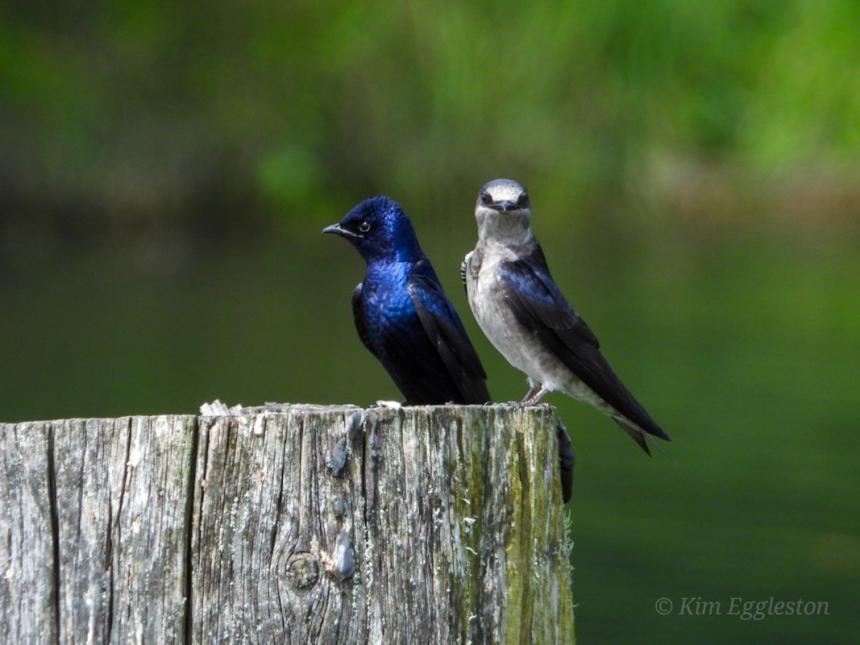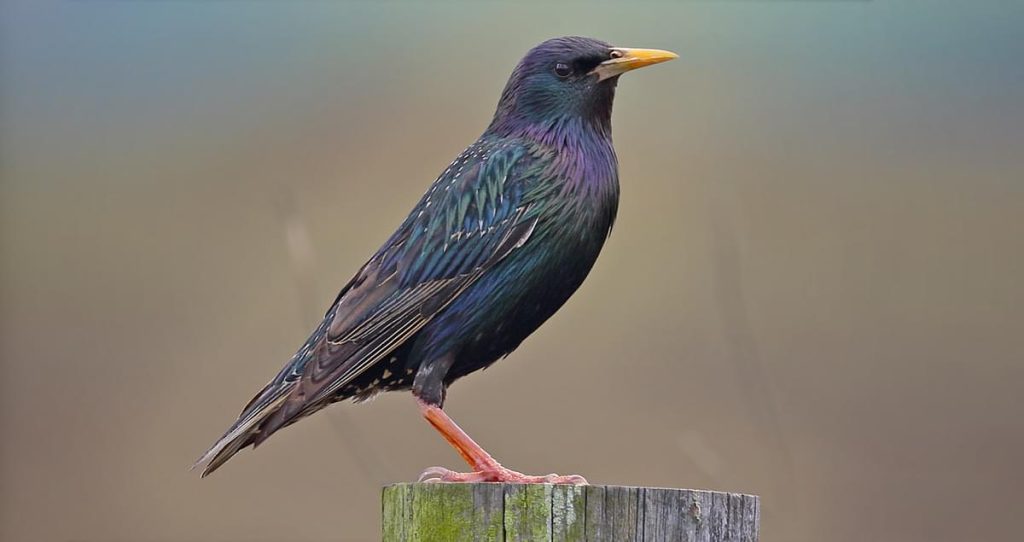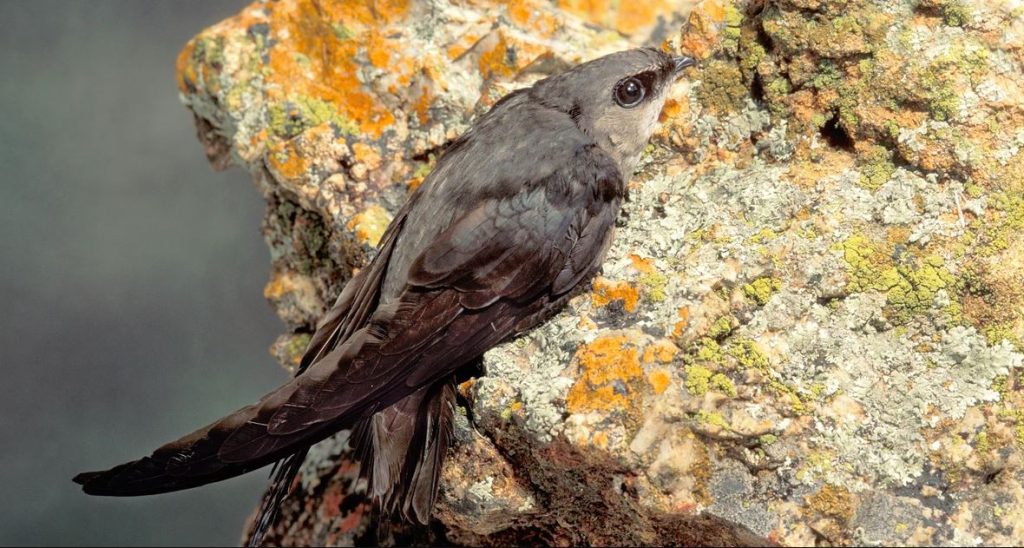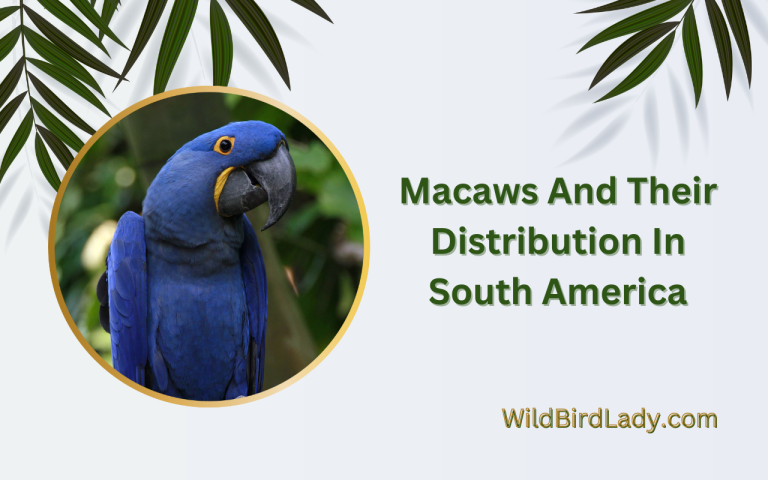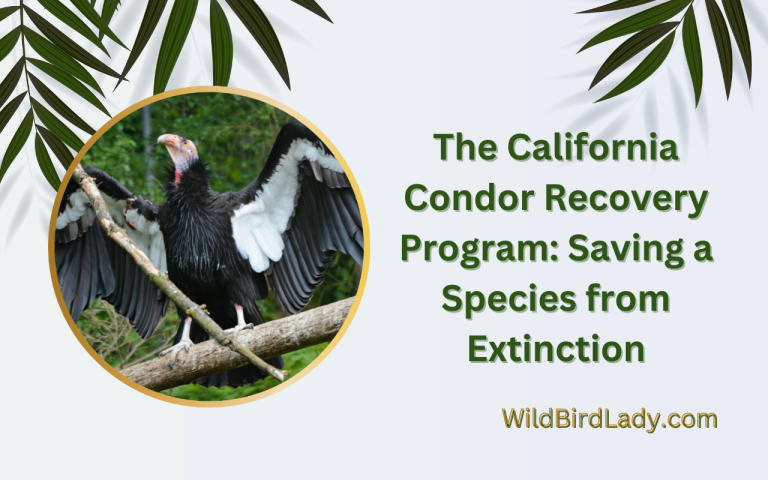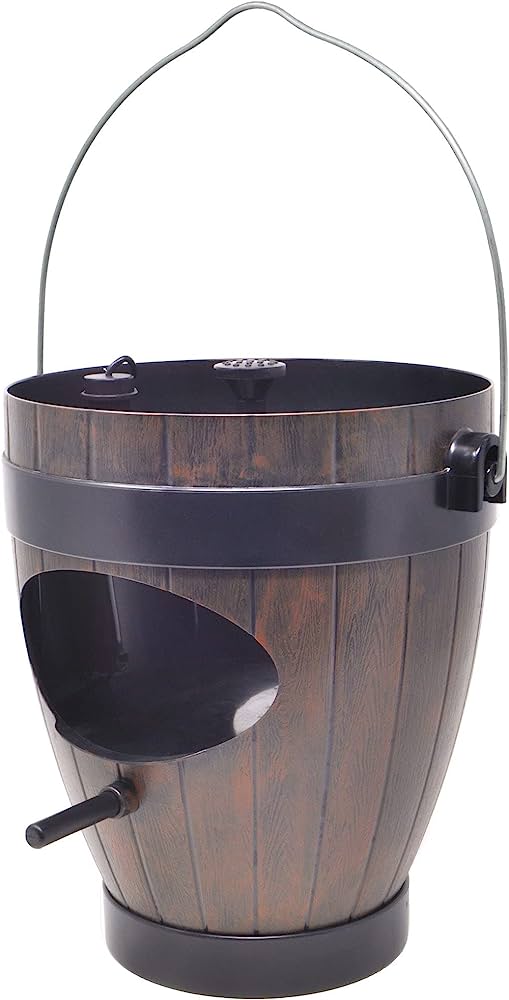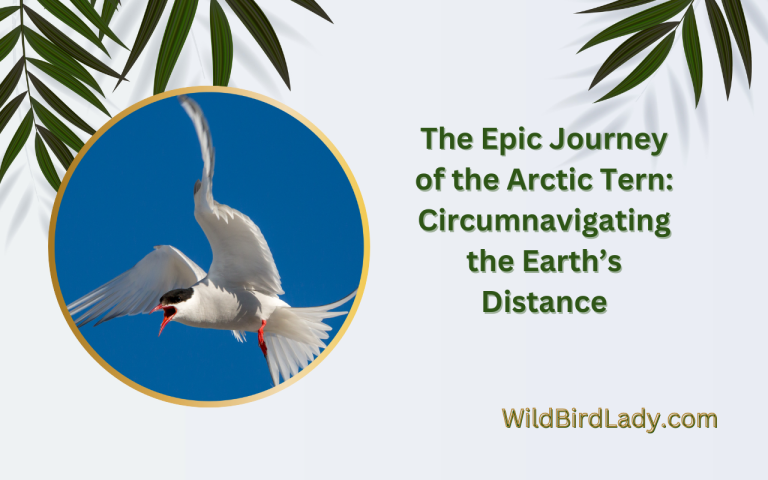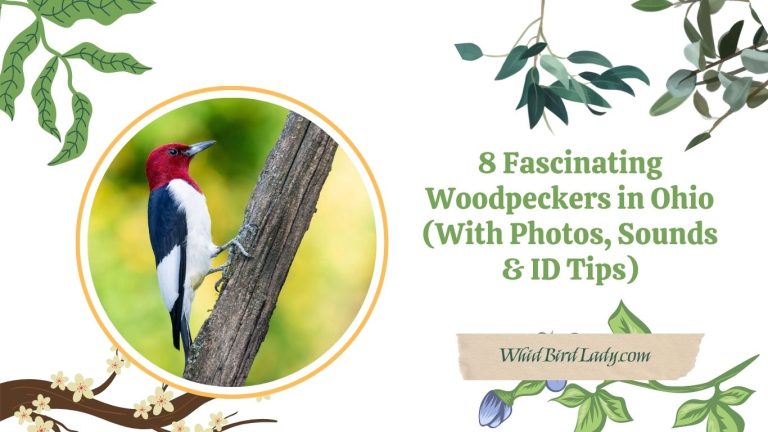Black Birds in Florida: 25 Striking Species You’ll See All Year Round
Florida’s subtropical climate and rich ecosystem make it one of the best places in the United States for birdwatching. Among its avian diversity, black birds hold a special place. Their glossy feathers, contrasting features, and intriguing behaviors add a dramatic flair to the landscape. In this guide, we’ll explore 25 species of black birds commonly seen year-round in Florida, helping you identify them by appearance, sound, habitat, and behavior.
1. American Crow
Scientific Name: Corvus brachyrhynchos
Size: 40 – 53 cm
Weight: 316 – 620 grams
Wingspan: 85 – 100 cm
Where to Find: Statewide; cities, forests, fields, and coastlines
ID Tips: Large all-black bird with fan-shaped tail and heavy bill.
Habitat & Diet: Adaptable to various habitats; omnivorous—feeds on insects, fruit, seeds, carrion, and trash.
Breeding Season: March to June
Vocalizations: Classic loud “caw-caw” call; also known for mimicking other animals.
Fun Fact: American Crows are among the smartest birds and can recognize human faces.
2. Fish Crow
Scientific Name: Corvus ossifragus
Size: 36 – 41 cm
Weight: 280 – 320 grams
Wingspan: 80 – 100 cm
Where to Find: Coastal and inland wetlands across Florida
ID Tips: Looks nearly identical to American Crow; smaller with a more nasal, nasally “uh-uh” call.
Habitat & Diet: Often found near water; eats fish, crustaceans, garbage, and small animals.
Breeding Season: April to July
Vocalizations: Distinct short nasal call, unlike the caw of the American Crow.
Fun Fact: Fish Crows often forage in groups and are frequently seen mobbing predators together.
3. Common Grackle
Scientific Name: Quiscalus quiscula
Size: 28 – 34 cm
Weight: 74 – 142 grams
Wingspan: 36 – 46 cm
Where to Find: Throughout Florida in open woodlands, marshes, and suburban areas
ID Tips: Iridescent black body with a long tail and piercing yellow eyes.
Habitat & Diet: Omnivorous; eats insects, grains, small fish, and even other birds’ eggs.
Breeding Season: March to July
Vocalizations: Harsh, metallic-sounding calls and whistles.
Fun Fact: Common Grackles are known to dunk their food in water to soften it.
4. Boat-tailed Grackle
Scientific Name: Quiscalus major
Size: 37 – 43 cm
Weight: 150 – 256 grams
Wingspan: 45 – 61 cm
Where to Find: Coastal marshes, urban areas, and beach towns
ID Tips: Glossy black males with exceptionally long V-shaped tails; females are brown.
Habitat & Diet: Coastal wetlands and human-dominated areas; eats insects, seeds, and scraps.
Breeding Season: March to August
Vocalizations: Wide range of squeaks, rattles, and whistles.
Fun Fact: Males perform elaborate displays, puffing up and calling to attract females.
5. Rusty Blackbird
Scientific Name: Euphagus carolinus
Size: 21 – 25 cm
Weight: 50 – 75 grams
Wingspan: 34 – 38 cm
Where to Find: Winter visitor; wooded wetlands and flooded forests
ID Tips: Black males with a slight rusty edge to feathers in winter; pale eye.
Habitat & Diet: Wet woodlands; eats insects, seeds, and aquatic invertebrates.
Breeding Season: May to July (in Canada/Alaska)
Vocalizations: High-pitched squeaky whistles.
Fun Fact: Their population has declined by over 85% in the last 50 years, making them a conservation concern.
6. Brewer’s Blackbird
Scientific Name: Euphagus cyanocephalus
Size: 20 – 25 cm
Weight: 60 – 70 grams
Wingspan: 35 – 40 cm
Where to Find: Rare winter visitor in north and central Florida
ID Tips: Shiny black males with purple and green sheen; pale eyes.
Habitat & Diet: Open fields, parking lots, and roadsides; feeds on seeds and insects.
Breeding Season: April to July
Vocalizations: Short whistles and chattering calls.
Fun Fact: Brewer’s Blackbirds are highly adaptable and often forage near humans.
7. Red-winged Blackbird
Scientific Name: Agelaius phoeniceus
Size: 17 – 23 cm
Weight: 41 – 65 grams
Wingspan: 30 – 40 cm
Where to Find: Statewide; marshes, wetlands, and grassy fields
ID Tips: Males are black with bright red and yellow shoulder patches.
Habitat & Diet: Prefers wetlands and meadows; feeds on seeds, grains, and insects.
Breeding Season: March to August
Vocalizations: Familiar “conk-a-ree!” song.
Fun Fact: One of the most abundant birds in North America and fiercely defends its nest.
8. Shiny Cowbird
Scientific Name: Molothrus bonariensis
Size: 18 – 23 cm
Weight: 31 – 40 grams
Wingspan: 30 – 36 cm
Where to Find: South Florida, especially near urban edges
ID Tips: Males are glossy purplish-black; females brownish-gray.
Habitat & Diet: Open and disturbed areas; seeds and insects.
Breeding Season: Year-round in Florida
Vocalizations: Soft whistles and gurgles.
Fun Fact: A brood parasite that lays eggs in other birds’ nests.
9. Bronzed Cowbird
Scientific Name: Molothrus aeneus
Size: 19 – 22 cm
Weight: 40 – 65 grams
Wingspan: 30 – 38 cm
Where to Find: South Florida, fields and farms
ID Tips: Male has red eyes and a hunch-backed look.
Habitat & Diet: Agricultural and open areas; eats seeds and insects.
Breeding Season: April to July
Vocalizations: High-pitched whistles and sputters.
Fun Fact: Their parasitic behavior harms native songbird populations.
10. European Starling
Scientific Name: Sturnus vulgaris
Size: 19 – 23 cm
Weight: 58 – 100 grams
Wingspan: 31 – 44 cm
Where to Find: Widespread throughout Florida
ID Tips: Iridescent black with speckles in winter; yellow bill in breeding season.
Habitat & Diet: Urban, rural, and wild areas; eats fruits, insects, and grains.
Breeding Season: February to July
Vocalizations: Complex mimics, whistles, and clicks.
Fun Fact: Introduced from Europe in the 1890s; now one of America’s most common birds.
11. Smooth-billed Ani
Scientific Name: Crotophaga ani
Size: 34 – 36 cm
Weight: 110 – 170 grams
Wingspan: 42 – 45 cm
Where to Find: South Florida, brushy areas and wet grasslands
ID Tips: Large black bird with a thick, parrot-like bill.
Habitat & Diet: Feeds on insects, small lizards, and fruit.
Breeding Season: April to August
Vocalizations: Whines, cackles, and squeaks.
Fun Fact: Multiple females lay eggs in a shared nest and take turns incubating.
12. Groove-billed Ani
Scientific Name: Crotophaga sulcirostris
Size: 33 – 36 cm
Weight: 80 – 120 grams
Wingspan: 38 – 42 cm
Where to Find: Rare; mostly south Florida and migratory
ID Tips: Similar to Smooth-billed Ani but with deep grooves on the bill.
Habitat & Diet: Tropical brushlands; insects, seeds, and fruits.
Breeding Season: May to July
Vocalizations: Squawks and squeaky sounds.
Fun Fact: They often follow livestock to snatch disturbed insects.
13. Black Vulture
Scientific Name: Coragyps atratus
Size: 56 – 74 cm
Weight: 1.6 – 2.7 kg
Wingspan: 137 – 150 cm
Where to Find: Statewide, especially near highways and dumps
ID Tips: Black body with white wingtips, short tail, and wrinkled gray head.
Habitat & Diet: Scavenger; eats carrion and garbage.
Breeding Season: February to June
Vocalizations: Hisses and grunts (no syrinx for song).
Fun Fact: Black Vultures rely on sight (not smell) to find food, often trailing Turkey Vultures.
14. Turkey Vulture
Scientific Name: Cathartes aura
Size: 62 – 81 cm
Weight: 1.6 – 2 kg
Wingspan: 160 – 183 cm
Where to Find: Statewide in open areas
ID Tips: Two-tone wings (black with silver linings), red bald head.
Habitat & Diet: Scavenger; excellent sense of smell.
Breeding Season: March to July
Vocalizations: Hisses and grunts
Fun Fact: They soar with wings in a “V” shape and rarely flap.
15. Swallow-tailed Kite
Scientific Name: Elanoides forficatus
Size: 50 – 68 cm
Weight: 300 – 450 grams
Wingspan: 120 – 140 cm
Where to Find: Central and northern Florida in summer
ID Tips: Black-and-white body with deeply forked tail and long wings.
Habitat & Diet: Forested wetlands; feeds mostly on flying insects.
Breeding Season: March to July
Vocalizations: High-pitched whistles, though generally quiet.
Fun Fact: These graceful birds catch prey in flight and eat while soaring.
16. Snail Kite
Scientific Name: Rostrhamus sociabilis
Size: 36 – 48 cm
Weight: 300 – 460 grams
Wingspan: 100 – 120 cm
Where to Find: South and central Florida wetlands
ID Tips: Blackish male with white rump and hooked bill; females browner.
Habitat & Diet: Specializes in eating apple snails in marshes.
Breeding Season: February to June
Vocalizations: High whistles and harsh cries.
Fun Fact: Their entire diet depends on one prey item—apple snails.
17. Anhinga
Scientific Name: Anhinga anhinga
Size: 85 – 95 cm
Weight: 1 – 1.4 kg
Wingspan: 110 – 120 cm
Where to Find: Statewide in freshwater habitats
ID Tips: Long neck and tail; black body with silvery wing markings.
Habitat & Diet: Swamps, lakes, rivers; eats fish underwater using sharp bill.
Breeding Season: March to July
Vocalizations: Croaks, grunts, and clicking sounds.
Fun Fact: Called “snakebird” due to its snakelike swimming style.
18. Double-crested Cormorant
Scientific Name: Nannopterum auritum
Size: 70 – 90 cm
Weight: 1.2 – 2.5 kg
Wingspan: 115 – 130 cm
Where to Find: Lakes, rivers, coastal bays
ID Tips: Black body with hooked bill and orange-yellow facial skin.
Habitat & Diet: Dives for fish in freshwater and saltwater.
Breeding Season: April to August
Vocalizations: Grunts and croaks near nests.
Fun Fact: They spread wings to dry because they lack waterproof feathers.
19. Great-tailed Grackle
Scientific Name: Quiscalus mexicanus
Size: 38 – 46 cm
Weight: 200 – 265 grams
Wingspan: 46 – 61 cm
Where to Find: Expanding into northern Florida
ID Tips: Very long tail, glossy black males, yellow eyes.
Habitat & Diet: Urban areas, farmland, wetlands; omnivorous.
Breeding Season: March to July
Vocalizations: Variety of whistles, clicks, and crackles.
Fun Fact: Known for their loud and bizarre vocal displays.
20. Crested Caracara
Scientific Name: Caracara plancus
Size: 50 – 58 cm
Weight: 900 – 1,300 grams
Wingspan: 120 – 132 cm
Where to Find: Central Florida ranchlands and prairies
ID Tips: Black body with white neck, orange face, and crested head.
Habitat & Diet: Open country; feeds on carrion and small animals.
Breeding Season: January to April
Vocalizations: Low, rattling calls.
Fun Fact: A falcon that acts like a vulture—often seen walking on the ground.
21. Common Raven (Rare)
Scientific Name: Corvus corax
Size: 56 – 69 cm
Weight: 0.7 – 2 kg
Wingspan: 115 – 150 cm
Where to Find: Rare in north Florida, especially forests
ID Tips: Massive black bird with wedge-shaped tail and thick neck.
Habitat & Diet: Forests and remote areas; omnivorous scavenger.
Breeding Season: February to May
Vocalizations: Deep croaks, knocks, and mimicry.
Fun Fact: Among the most intelligent birds; known for problem-solving and play.
22. Purple Martin
Scientific Name: Progne subis
Size: 19 – 20 cm
Weight: 45 – 60 grams
Wingspan: 39 – 42 cm
Where to Find: Statewide in spring and summer
ID Tips: Males are glossy blue-black; females are duller with lighter bellies.
Habitat & Diet: Nests in man-made boxes; aerial insectivore.
Breeding Season: March to July
Vocalizations: Bubbly, chattering songs.
Fun Fact: Depend on human-made housing in the eastern U.S.
23. Eastern Starling (Dark Phase)
Scientific Name: Sturnus vulgaris
Size: 19 – 23 cm
Weight: 58 – 100 grams
Wingspan: 31 – 44 cm
Where to Find: Year-round statewide
ID Tips: Black iridescent feathers with seasonal speckles; yellow bill in breeding season.
Habitat & Diet: Farms, cities, and open areas; omnivorous.
Breeding Season: February to July
Vocalizations: Mimicry and whistles.
Fun Fact: Large winter flocks form mesmerizing murmurations.
24. Killdeer (Black markings)
Scientific Name: Charadrius vociferus
Size: 23 – 27 cm
Weight: 80 – 100 grams
Wingspan: 46 – 48 cm
Where to Find: Statewide in open fields, mudflats
ID Tips: Not all-black but has bold black double breast bands on white chest.
Habitat & Diet: Open ground; eats insects and worms.
Breeding Season: March to August
Vocalizations: Loud, high “kill-deer!” call.
Fun Fact: Fakes a broken wing to lure predators away from its nest.
25. Chimney Swift (Dark gray-black)
Scientific Name: Chaetura pelagica
Size: 12 – 14 cm
Weight: 17 – 30 grams
Wingspan: 29 – 31 cm
Where to Find: Urban and suburban areas in summer
ID Tips: Dark, cigar-shaped bird with sickle wings and short tail.
Habitat & Diet: Aerial insectivore; nests in chimneys and old buildings.
Breeding Season: May to July
Vocalizations: High, twittering calls in flight.
Fun Fact: Swifts spend almost their entire lives in the air—even sleeping on the wing!
❓ Frequently Asked Questions (FAQ)
1. What do black birds symbolize in Florida?
Black birds are often associated with mystery, intelligence, and transformation in folklore. In Florida, they’re mostly viewed as part of the natural wildlife, though some people believe seeing a group of them can be a sign of change or good luck.
2. Are all black birds in Florida crows?
Nope! While American Crows and Fish Crows are common, Florida is home to many other black birds, including grackles, blackbirds, black vultures, Anhingas, and even some raptors like the Snail Kite and Swallow-tailed Kite.
3. How can I tell the difference between an American Crow and a Fish Crow?
Great question! Fish Crows are slightly smaller and have a more nasal “uh-uh” call, while American Crows have a louder, classic “caw-caw” sound. Fish Crows also tend to hang out near water more often.
4. Do black birds migrate in Florida?
Some do, some don’t! Species like the Purple Martin and Chimney Swift are migratory and only visit Florida during spring and summer. Others, like the Common Grackle or American Crow, stay year-round.
5. Are black birds dangerous to humans or pets?
Generally, no. Most black birds in Florida are harmless and avoid humans. However, birds like Boat-tailed Grackles and Starlings can be noisy or aggressive near their nests. And like any wild animal, it’s best to observe from a distance.
6. Why are there so many black birds near parking lots and cities?
Black birds such as grackles and starlings are highly adaptable and love places where food is easy to find—like parking lots, fast food areas, and city parks. They’re opportunistic and often thrive in urban environments.
7. Are black birds helpful for the environment?
Absolutely! Many black birds control insect populations, clean up roadkill (like vultures), or help spread seeds. They play important roles in Florida’s ecosystems.
Final Thoughts
Florida’s black birds are more than just dark feathers. Each species has its own story, behaviors, and role in the ecosystem. Whether you’re scanning the skies or strolling a boardwalk, these 21 striking species are part of what makes Florida such a birdwatcher’s paradise. With this guide, you’re one step closer to recognizing and appreciating the black beauties all around you—all year long.
Want to attract more birds to your Florida backyard? Consider planting native shrubs, installing a birdbath, and avoiding chemical pesticides. The black birds (and many others) will thank you!


